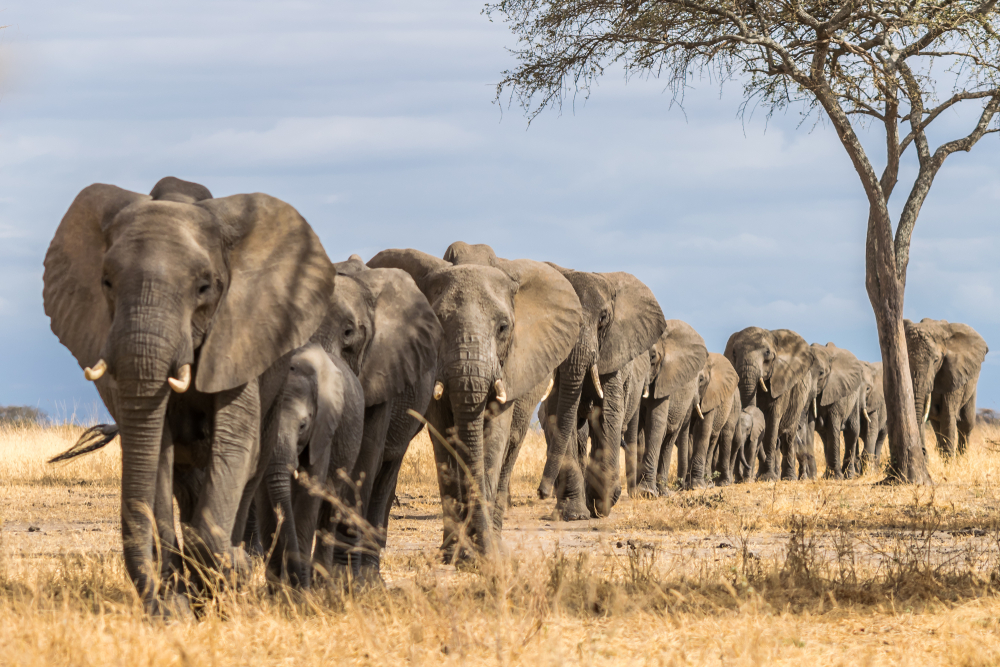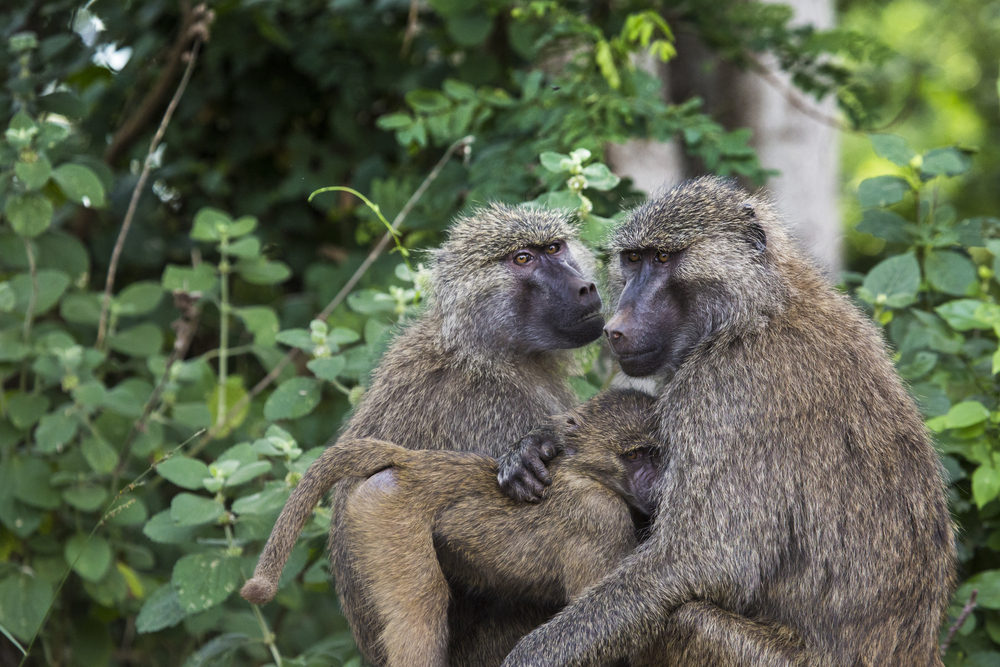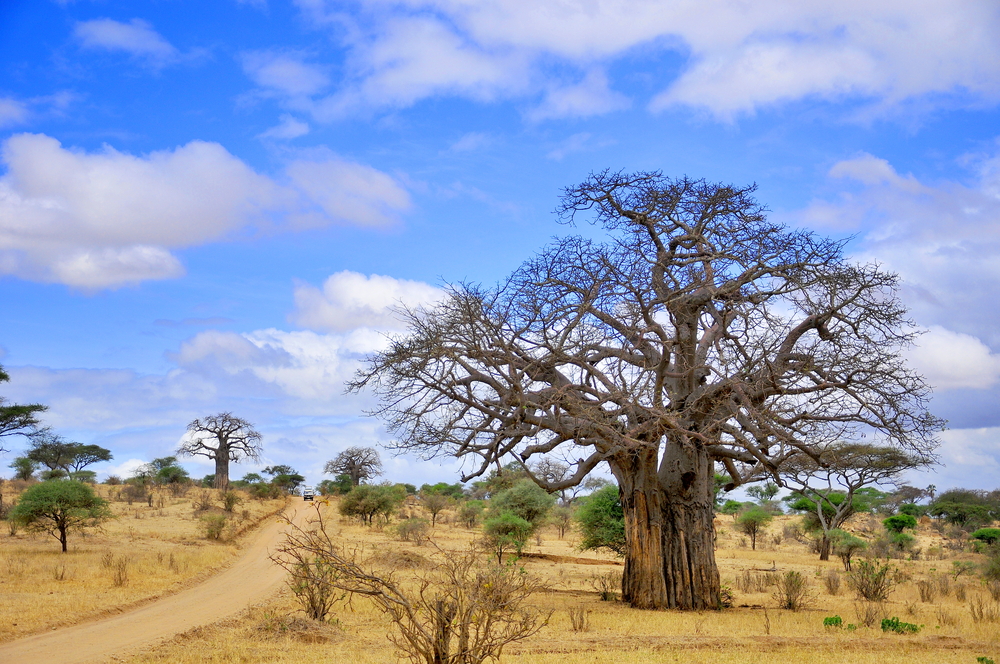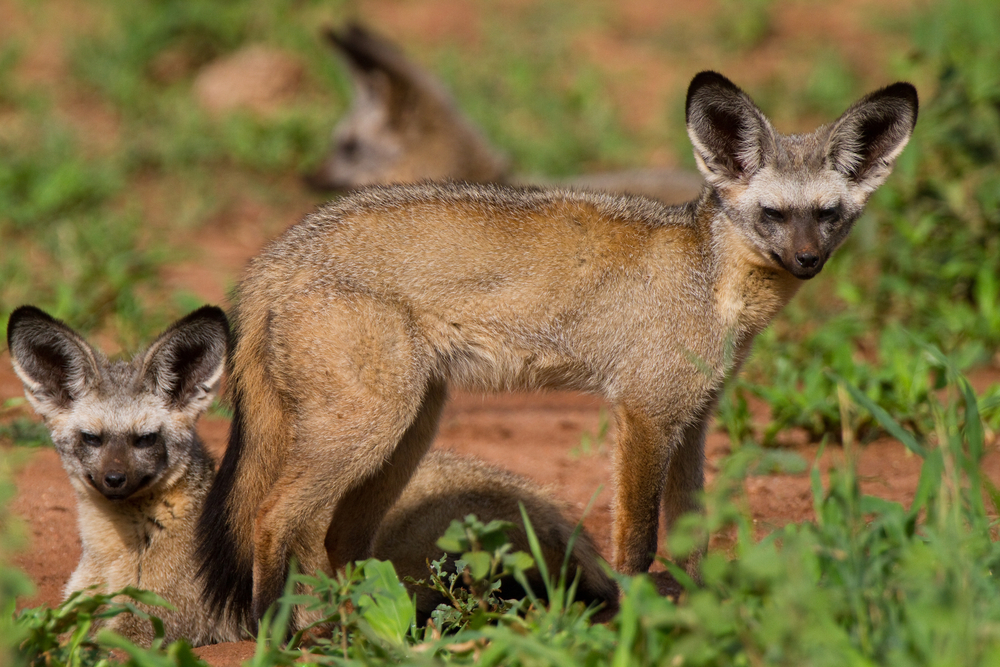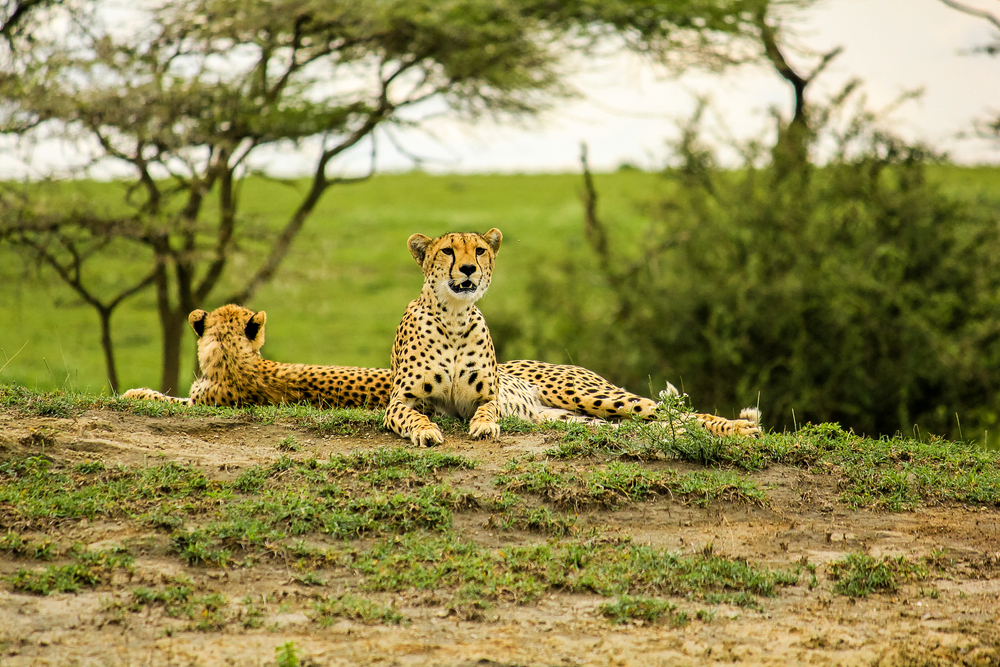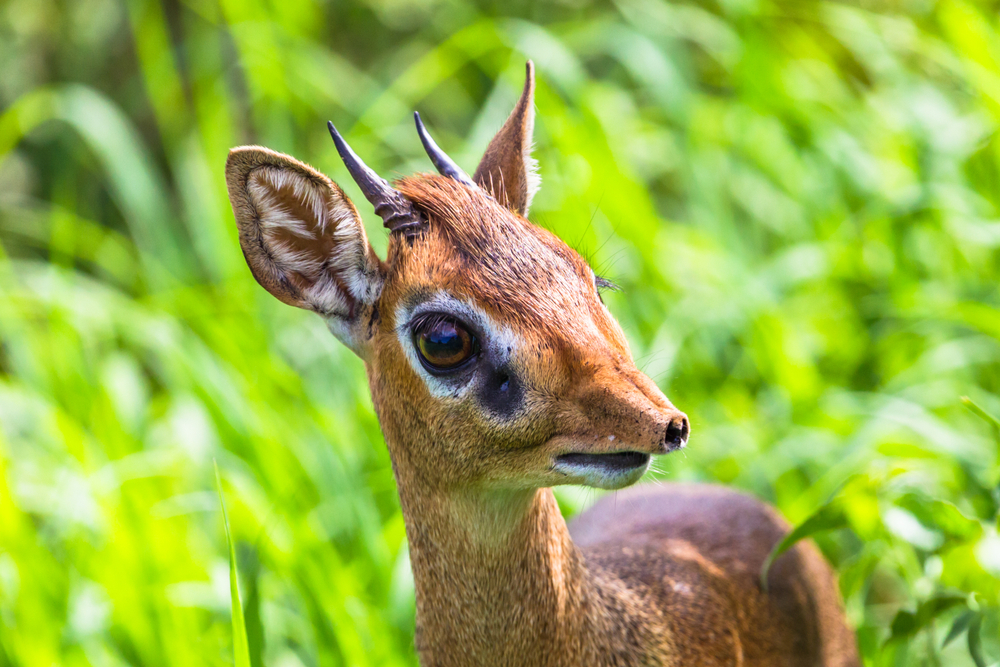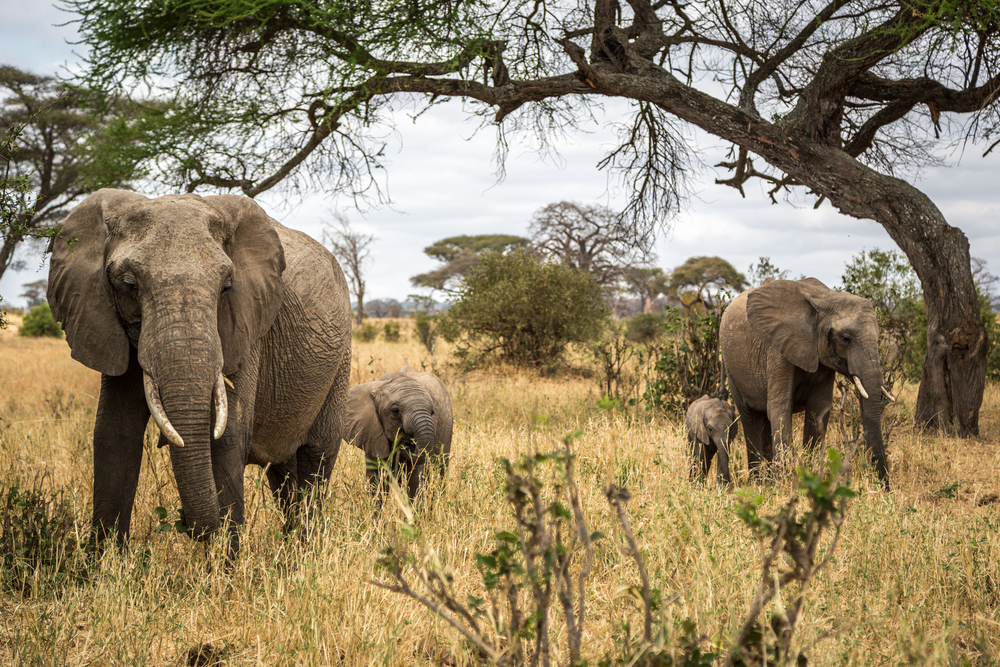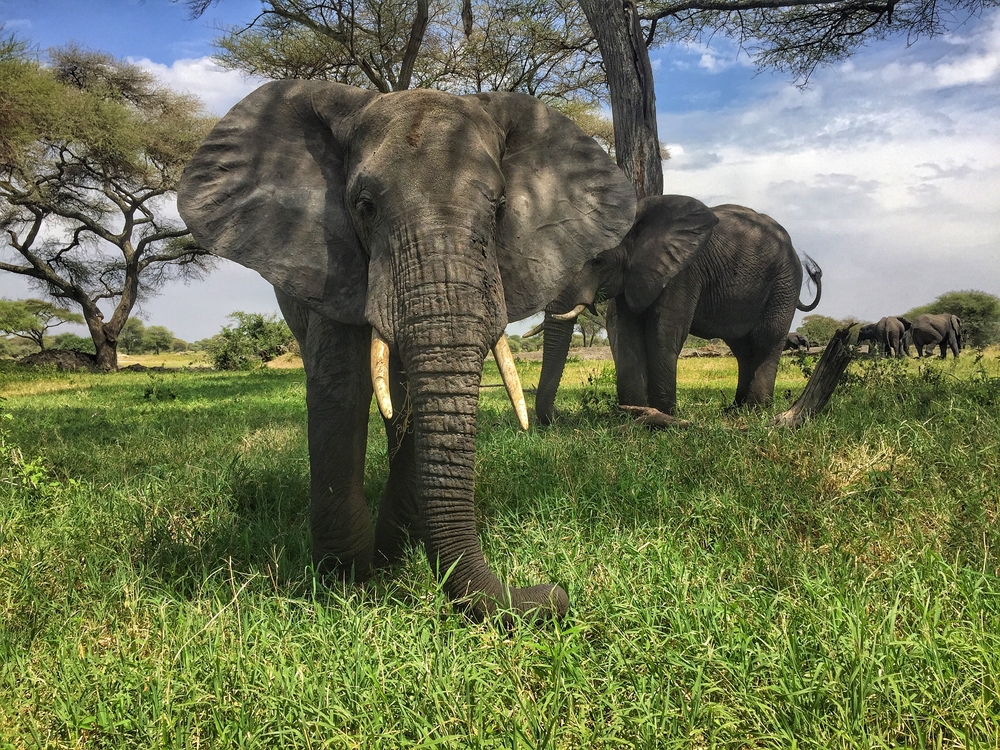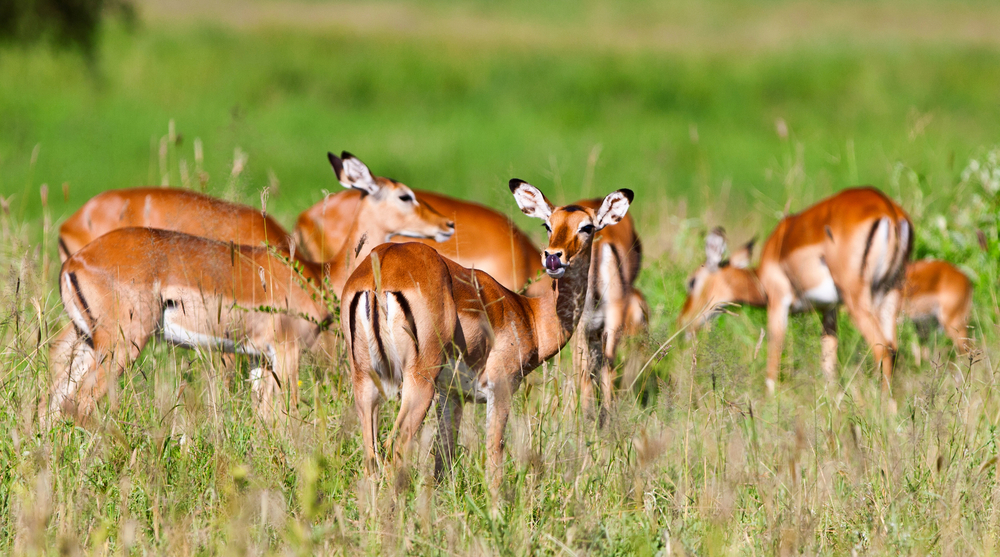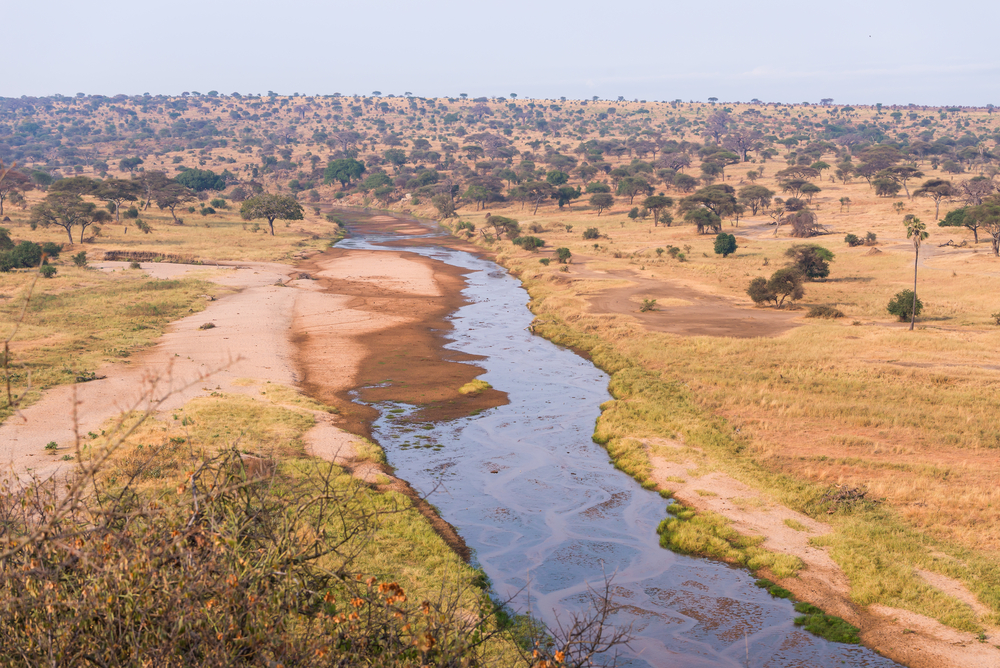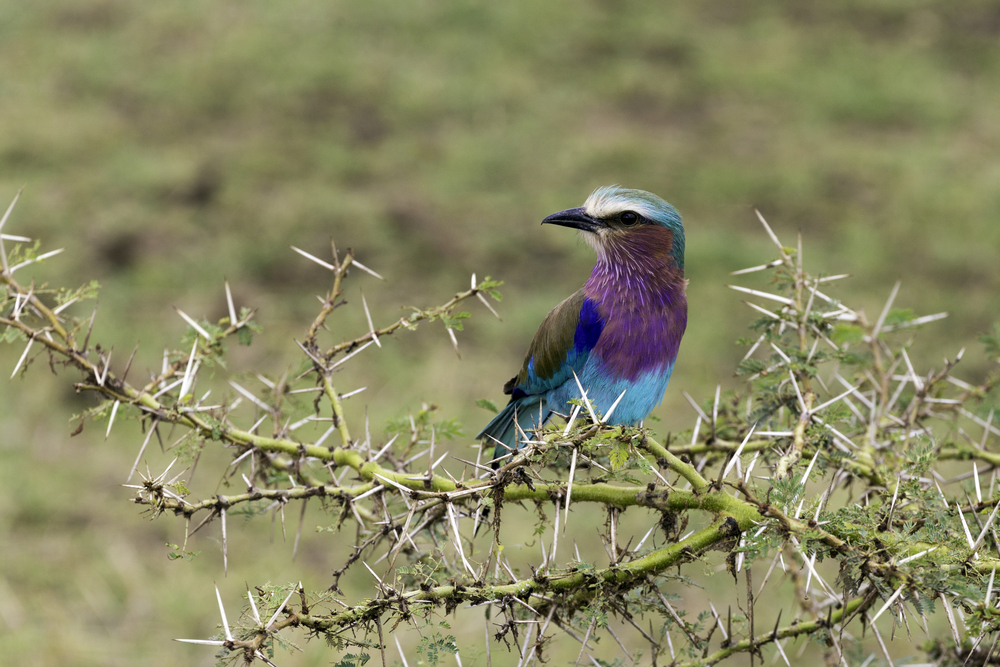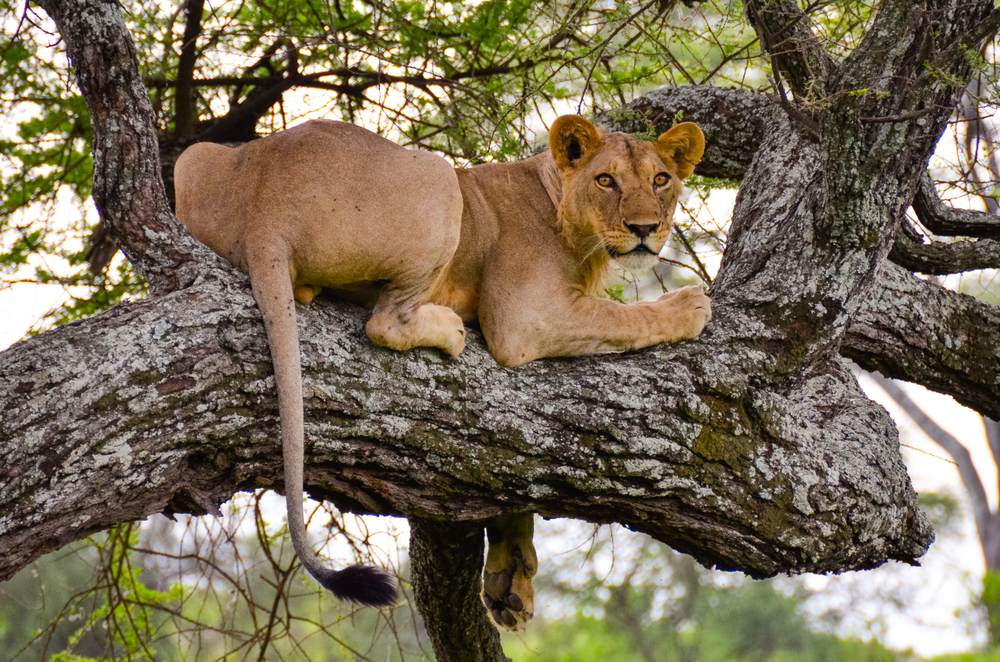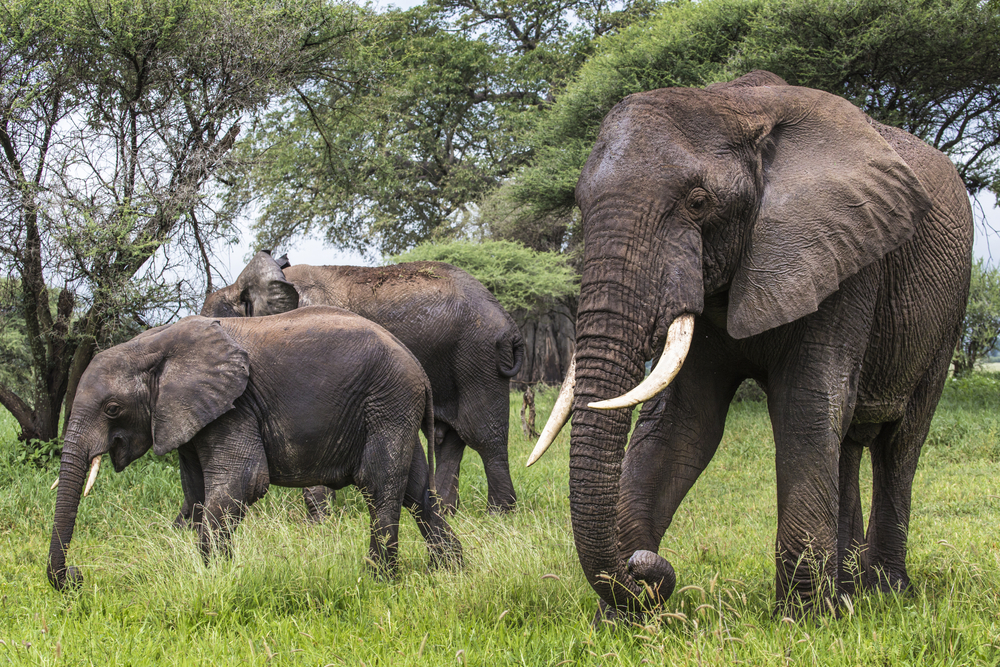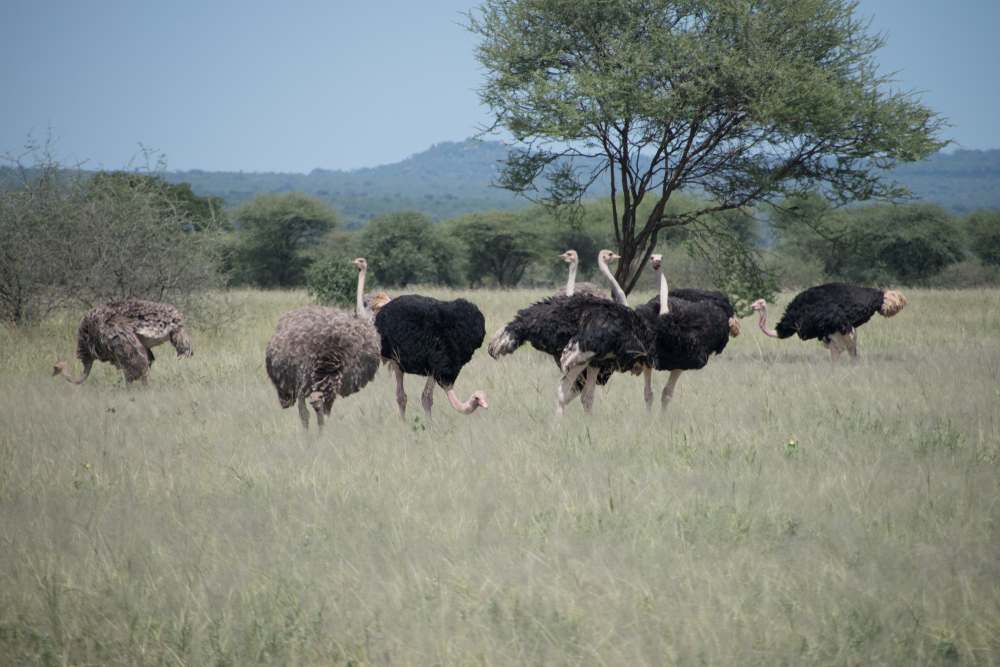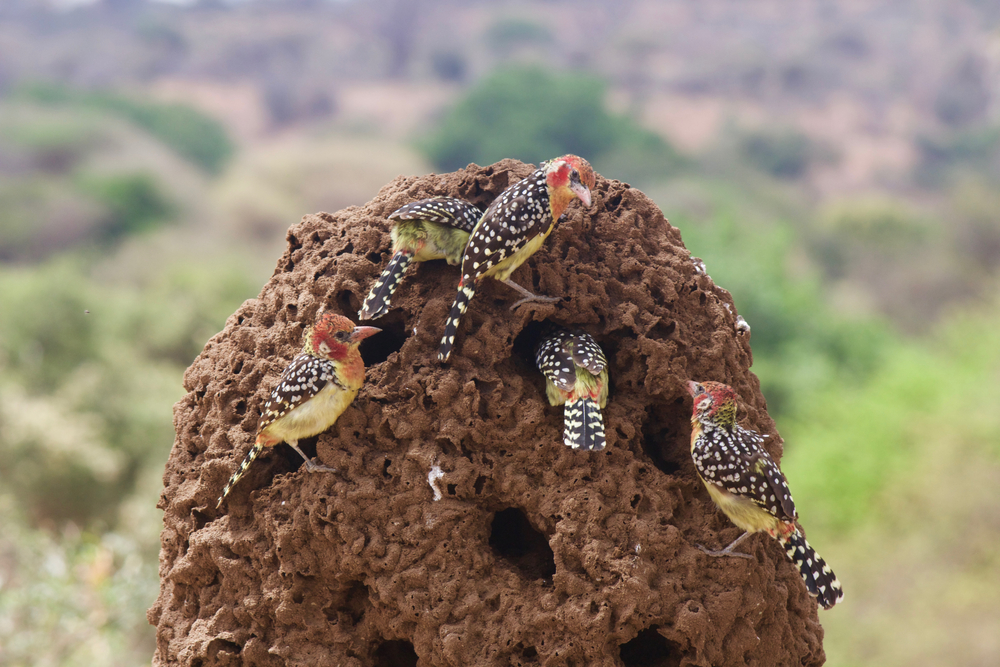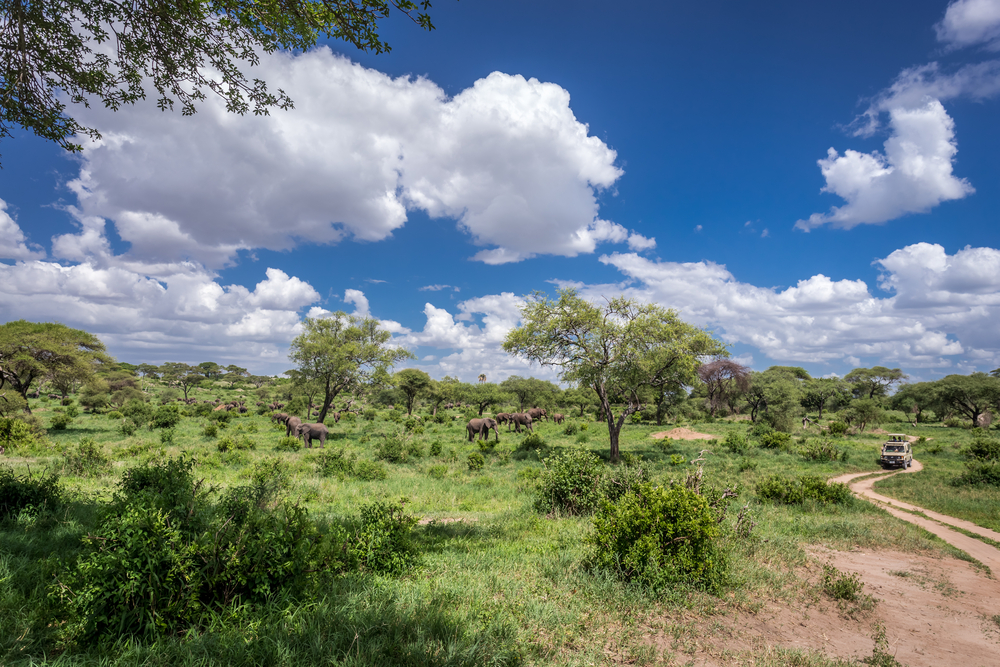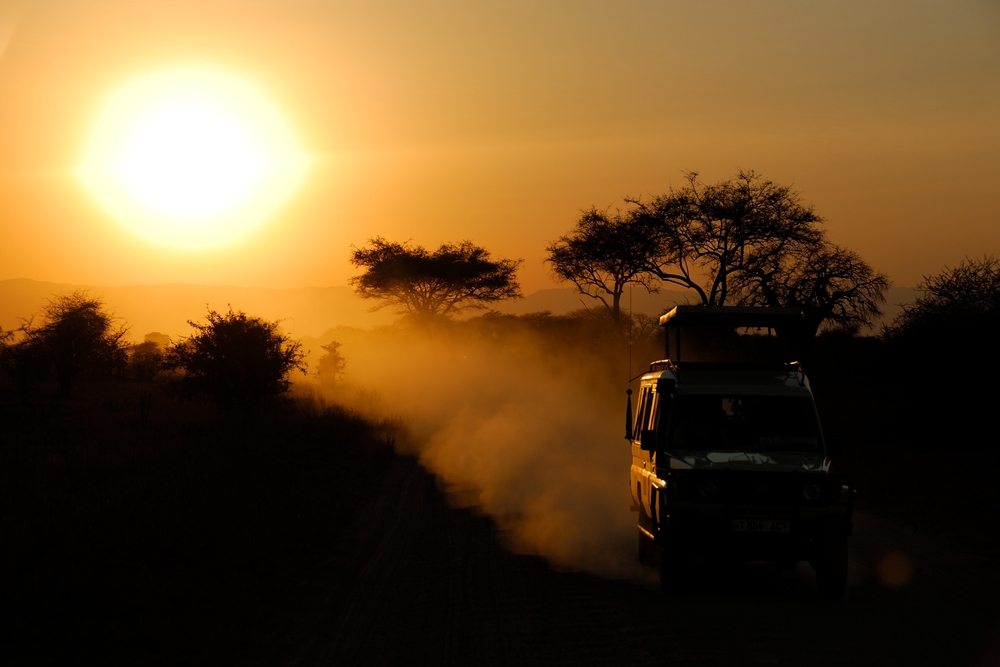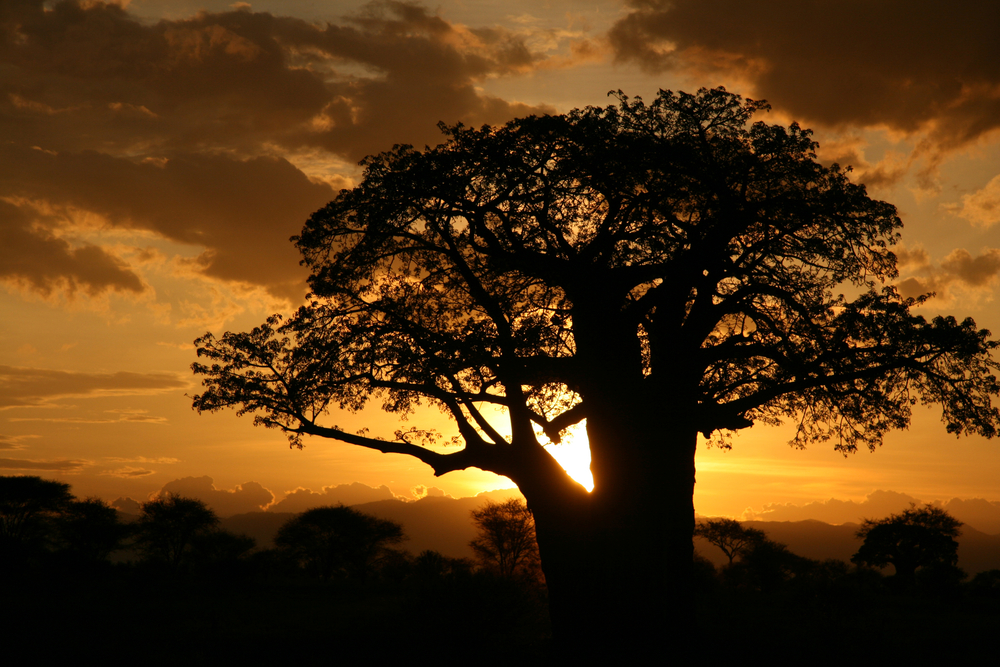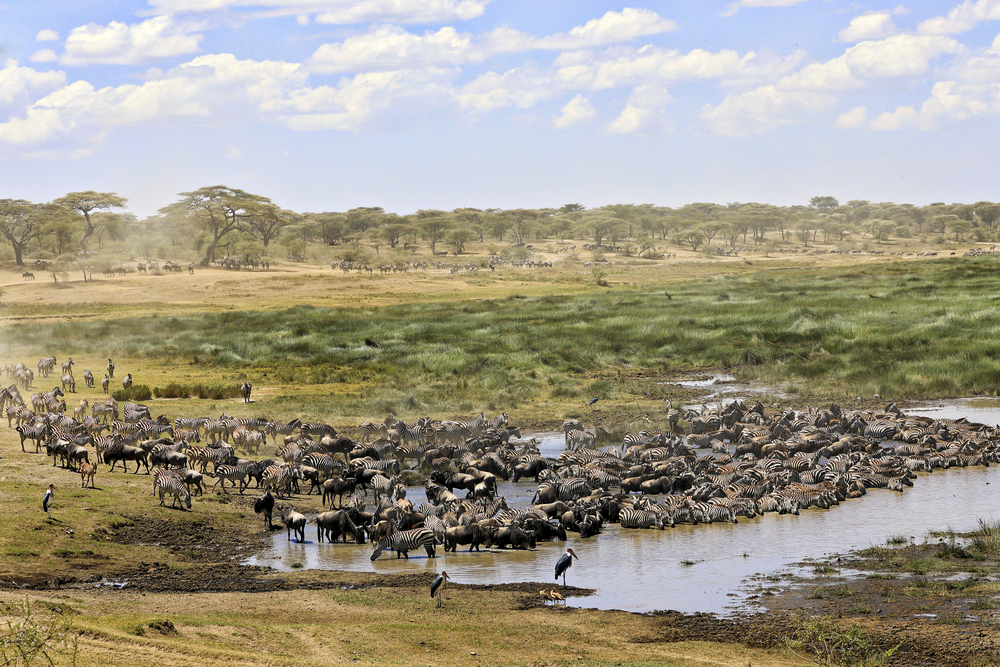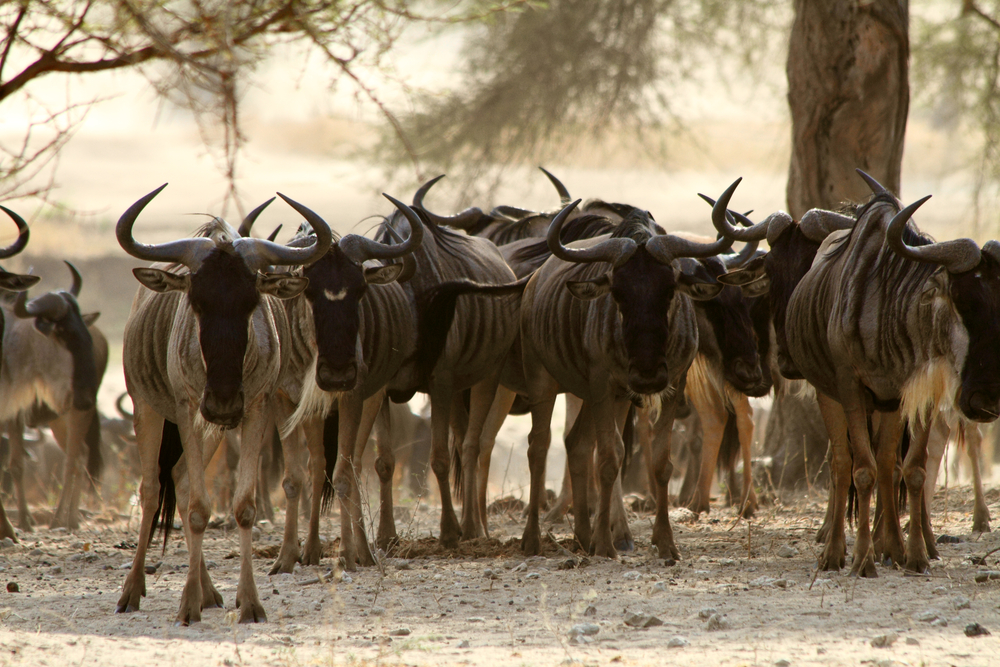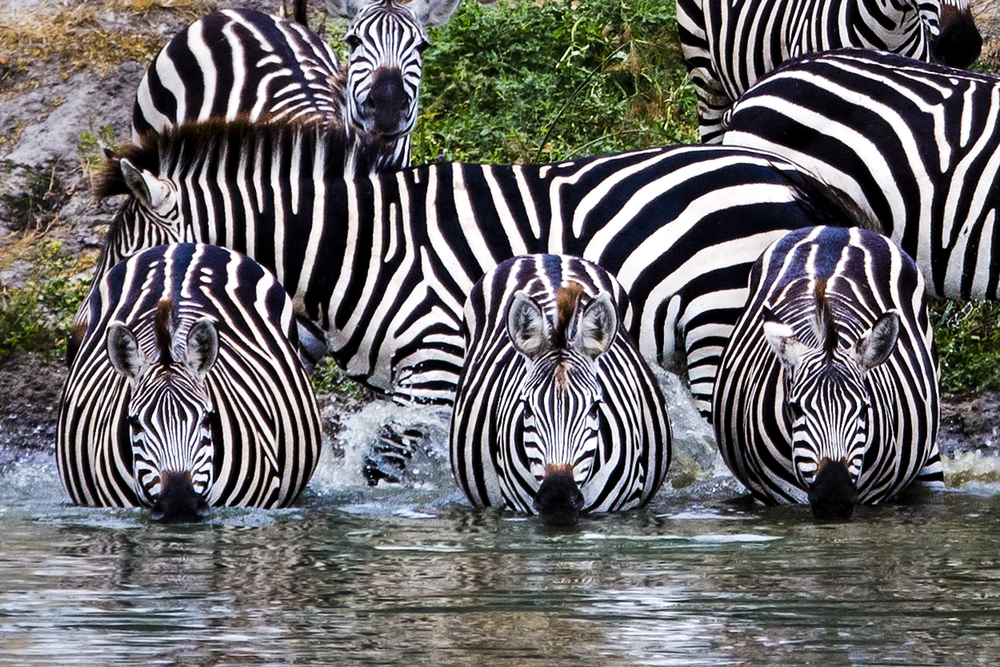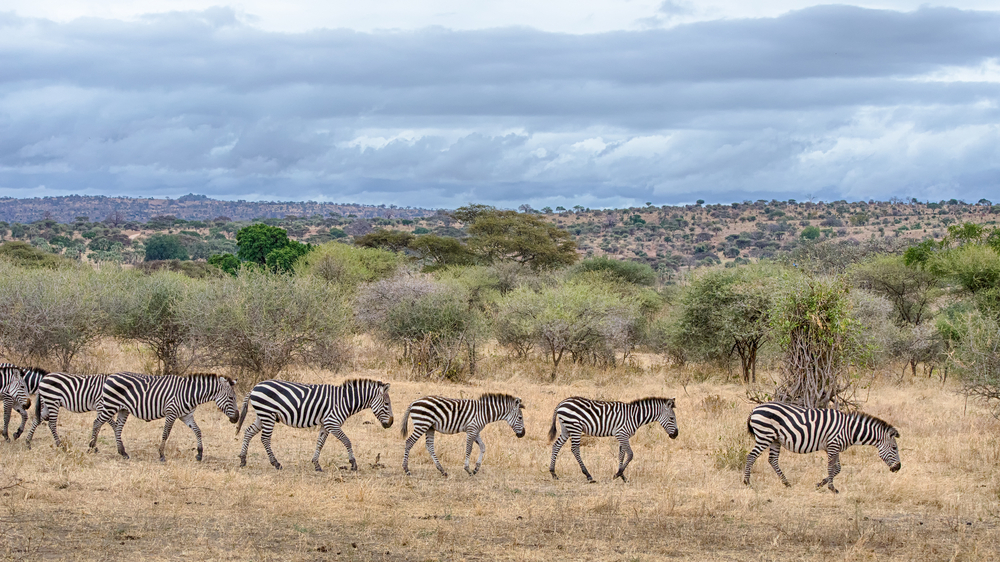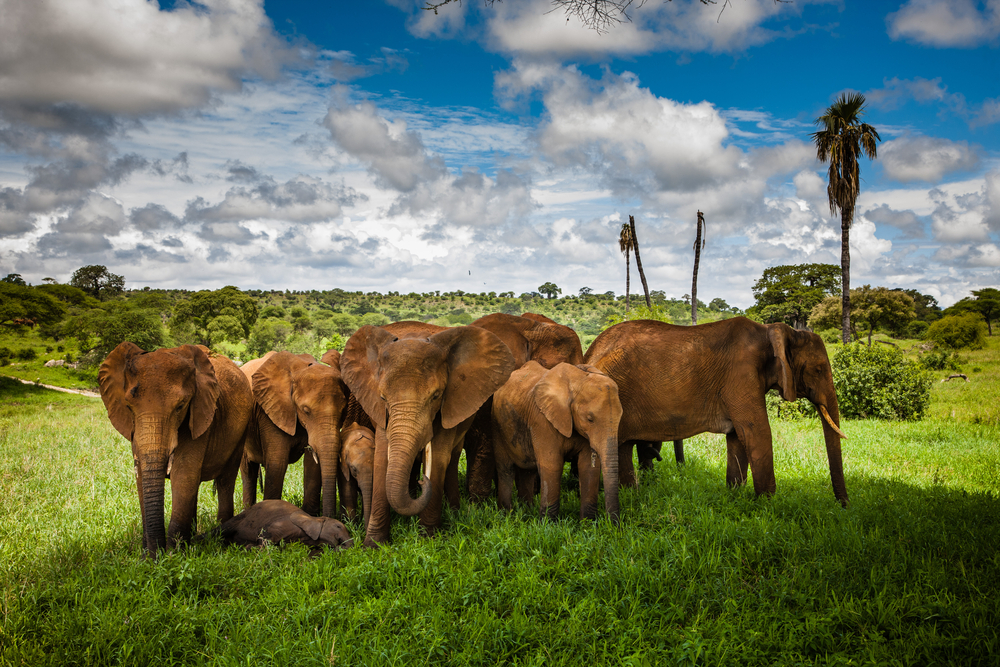Tarangire Overview
Tarangire National Park, a hidden gem in the northern safari circuit of Tanzania, offers a unique and serene wildlife viewing experience, distinct from its more famous neighbors like the Serengeti and Ngorongoro Crater. Located approximately 120 kilometers southwest of Arusha, the park covers an area of about 1,100 square miles (2,850 sq km), making it the sixth largest national park in Tanzania. Named after the Tarangire River that flows through the park, it serves as the primary source of fresh water for the wildlife, especially during the dry season when the river becomes a magnet for thirsty animals.
The landscape of Tarangire is diverse and picturesque, featuring granitic ridges, river valleys, and swamps, but it is most famous for its baobab trees, which dot the landscape and create a striking and memorable sight. These ancient, giant trees are an iconic feature of the park, providing essential nutrients and moisture for a variety of species during the dry months.
Tarangire National Park is renowned for hosting one of the largest elephant populations in Tanzania, with herds sometimes numbering into the hundreds. These majestic creatures, along with the park’s unique atmosphere and relatively low crowds, make for an exceptional safari experience. In addition to elephants, Tarangire is home to a rich variety of wildlife, including lions, leopards, cheetahs, buffalo, giraffes, zebras, and numerous antelope species. The park also boasts an impressive avian diversity, with over 300 bird species recorded, making it a paradise for bird watchers.
During the dry season, from June to October, Tarangire becomes a refuge for migrating animals from the surrounding areas, offering spectacular wildlife viewing opportunities. The concentration of animals around the Tarangire River and the park’s waterholes creates a bustling hub of activity, providing visitors with a chance to witness the complex interactions of an African ecosystem up close. Despite its beauty and abundance of wildlife, Tarangire National Park remains somewhat off the beaten path, offering a more secluded and intimate encounter with the wilds of Tanzania.








































































